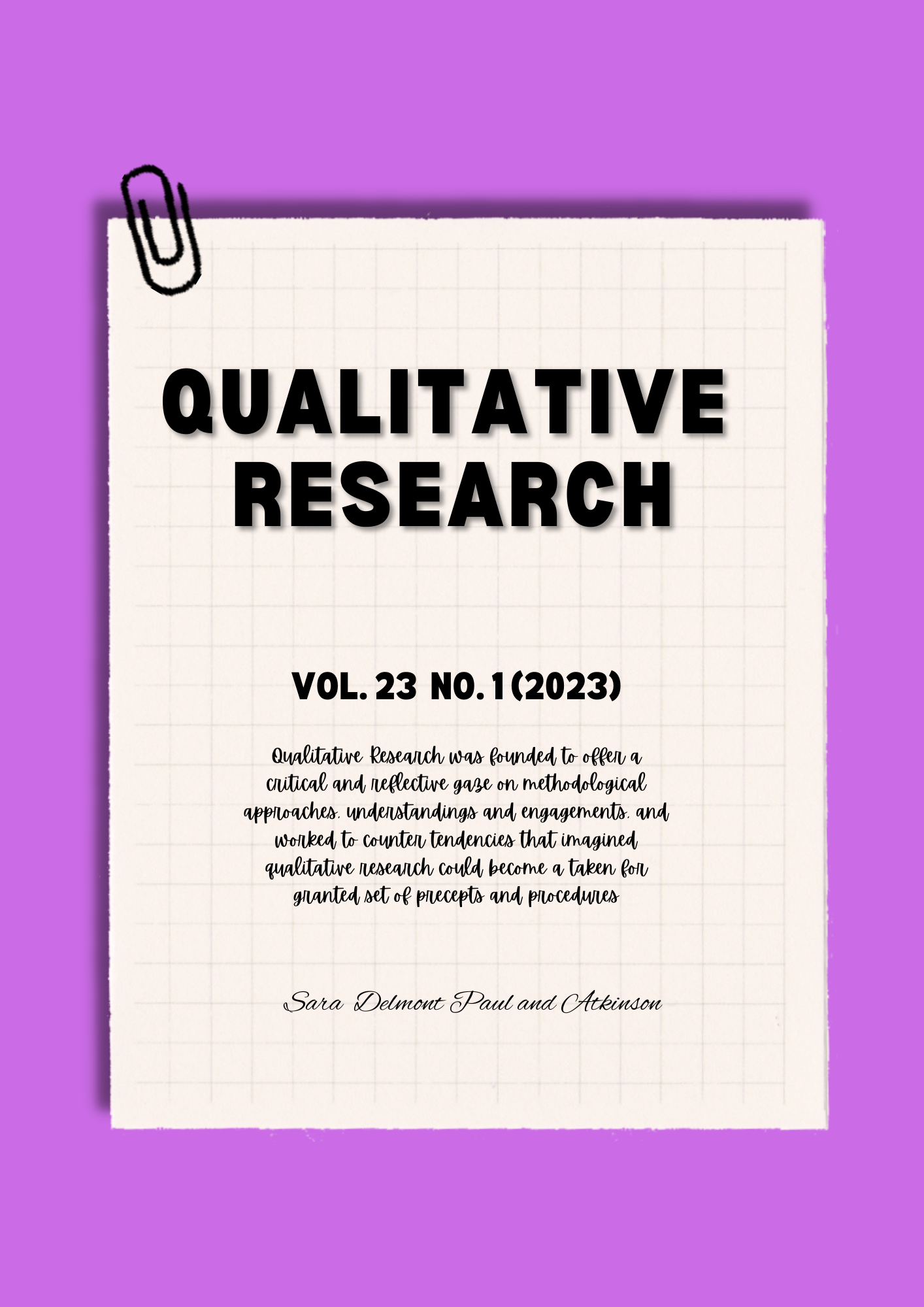Aadu 2 Visual and Real: Costume as A Symbol Of Witty Rustic Style Statement In Youth
Main Article Content
Abstract
An adaptation can be described as a version of a text or a subject; a borrowing. Unlike usual text to screen adaptations, Aadu 2, a Malayalam slapstick comedy film released in 2017 fostered a trend among the audience in Kerala through its novel costumes. Initially costumes were used to mark identity or to impress someone; however now costumes have become a style statement that can define an individual’s attitude. The double coloured mundu, a garment commonly worn by men in Kerala, designed for the hero in Aadu 2 went on to become a trend among the audience that it became a symbol of a rustic light hearted youth. The motif of the costume was to denote the humour and the glamour of the middle-aged hero, hidden behind the rustic look with big moustache and beetle nut reddened lips. In addition to serving the commercial purpose, the film influenced the fashion sense of the youth in their twenties; it became a trend costume for their celebrations like farewell, college festivals, dance competitions, college election campaigns, processions, union inaugurations etc. A visual representation or a popular culture has acted as a source for the production of a mass culture; a concept popularised by John Storey in Inventing Popular Cultures from Folklore to Globalization. The adaptation of Aadu 2 costume thus became a cultural icon for a light hearted rustic youth who is adventurous. The double coloured mundu soon became available in the market as “shaji pappan mundu”, named after the hero in the movie. The focus of the research paper is to analyse this cultural adaptation of the popular culture that resulted in production of a mass culture amongst the youth in Kerala.
